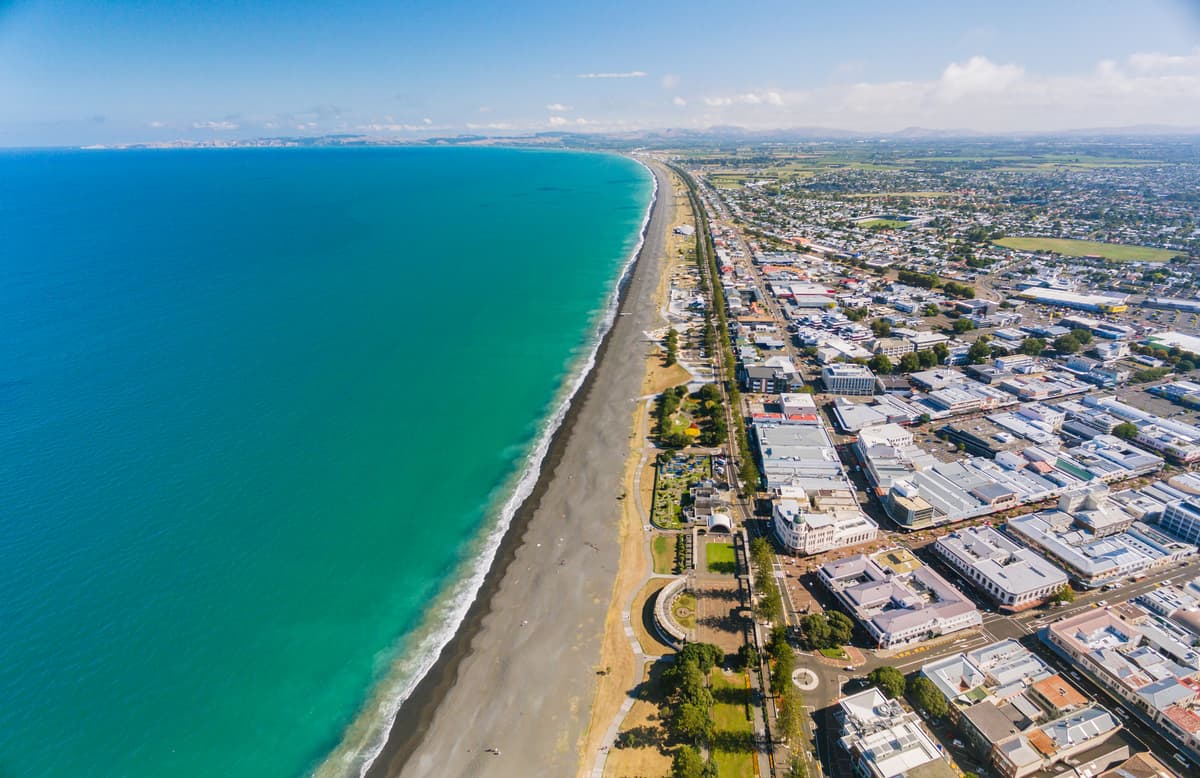Related projects & activities



This summary showcases the seafloor model of disturbance and recovery dynamics which can be used to explore the implications of changes in the scale and intensity of different stressors for seafloor ecosystems.
This model is used to create exploratory scenarios, parameterised using local data on seafloor sediments and fisheries catch, to understand implications of individual stressors of land-based sediment inputs and of intensity of bottom impacts from trawl fisheries on benthic communities.
The spatially-explicit cumulative effects tools project worked with NIWA to design tools to assist in visualising the spatial extent and patterns of multiple stressors from both land and sea to better understand how stressors overlap with each other and with the distributions of marine organisms, habitats and ecosystems. Find out more.

